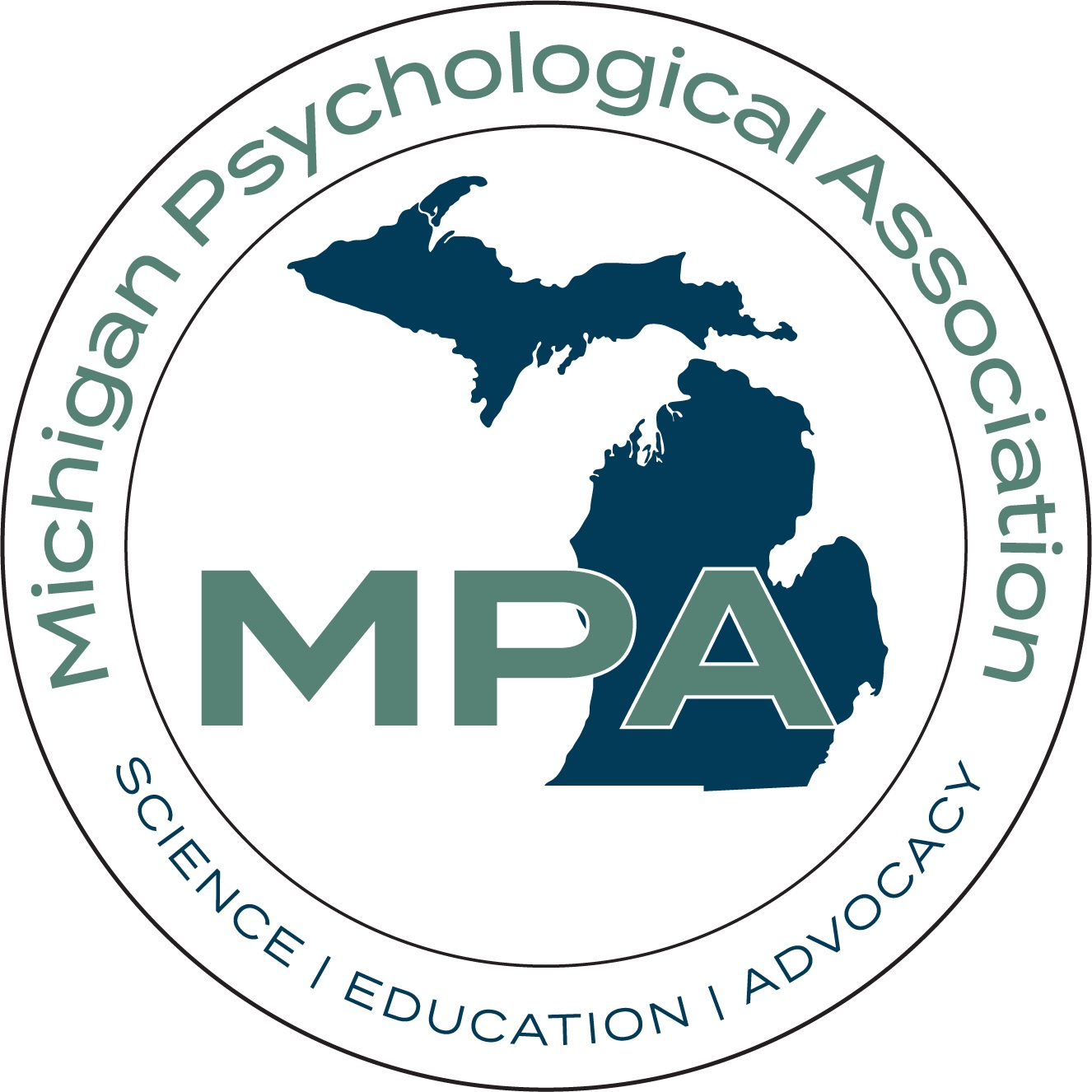What Clinicians Can Do to Combat Anti-Asian Racism
Jim Windell
If we weren’t fully aware of anti-Asian racism before the recent shootings of Asian women in Atlanta, those violent incidents have certainly raised the awareness of the problem for many Americans.
Not that anti-Asian prejudice and hatred is new in this country. It was evident in the 19th century on the west coast when there were anti-Chinese riots and massacres. More recently, the 2003 SARS outbreak was racialized as Asian-American people were viewed as being responsible for SARS. The Covid-19 pandemic has been blamed on the Chinese and has fueled anti-Chinese and anti-Asian incidents. It can be said that the United States has a long history of anti-Asian racism grounded in xenophobia – a fear of people from other countries.
In a March 24, 2021 article in the New England Journal of Medicine, titled “Combating Anti-Asian Sentiment — A Practical Guide for Clinicians,” author James H. Lee, M.D., who is in the Department of Psychiatry and Psychology, University of Washington, Seattle, provides guidelines for clinicians to deal with anti-Asian racism.
In his article, Dr. Lee writes that “Many Asian Americans are feeling the stress of increased anti-Asian sentiment; they may have emotional distress after a verbal assault or anxiety regarding their physical well-being.” Because of this he says that physicians (and his suggestions can apply to other clinicians) can tailor their practices to meet the needs of distressed Asian-Americans by creating a welcoming environment for Asian-American patients and identifying symptoms that stem from living in a racist environment. Lee states that clinicians can then address these symptoms by providing patients with treatments and resources to help reduce this increased psychological strain.
Because hate crimes have occurred in a wide variety of locations, many Asian-American patients are feeling unsafe in spaces they previously deemed safe. This includes hospitals and clinics. To alleviate this discomfort, Lee suggests that health care providers can make some changes in their offices to ease patients into clinical settings. For instance, outpatient practices can make Asian-American patients feel welcome by having brochures translated into languages commonly spoken in the surrounding communities and displaying them openly. In addition, he recommends that signs in office lobbies or rooms where clients are treated should indicate that translators are available.
Furthermore, Lee recommends that creating a safe space for Asian Americans also includes protecting Asian-American health care workers. Many Asian employees, he points out, have experienced anti-Asian racism on the job. In addition to increasing or rescheduling cultural competency training, trainings to teach bystander intervention and crisis de-escalation could also be provided for the staff. Training in these techniques, Lee maintains, will allow health care workers to more effectively and immediately respond to discrimination against a patient or colleague.
Dr. Lee suggests that physicians should become comfortable asking whether patients have experienced racism. This kind of question could both signal that the clinician is open to discussing race and reframe a conversation to permit consideration of the effects of racism on the individual. Lee says that undertaking targeted screening for depression, anxiety, and substance use with racism in mind can reveal symptoms that the patient may have previously dismissed.
Dr. Lee writes that if a patient reports having experienced a hate crime, it is appropriate to treat the incident as a traumatic experience. Along with potentially treating a patient for PTSD, he recommends that clinicians have access to a wide variety of resources, including organizations such as STOP AAPI Hate and Asian Americans Advancing Justice. Clinicians can address harms from anti-Asian sentiment in part by connecting patients with resources that might not have been considered if the conversation were not directed toward race.
Finally, Lee suggests clinicians should act to address anti-Asian sentiment by tailoring their practice both inside and outside patient rooms to make Asian-American patients and colleagues feel safe. “These small changes will allow clinicians to capture diagnoses they might otherwise miss and to connect Asian-American patients with resources essential to their well-being, thereby providing holistic care that accounts for patients’ lived experience of race,” he concludes.
To read the original article, click here.




